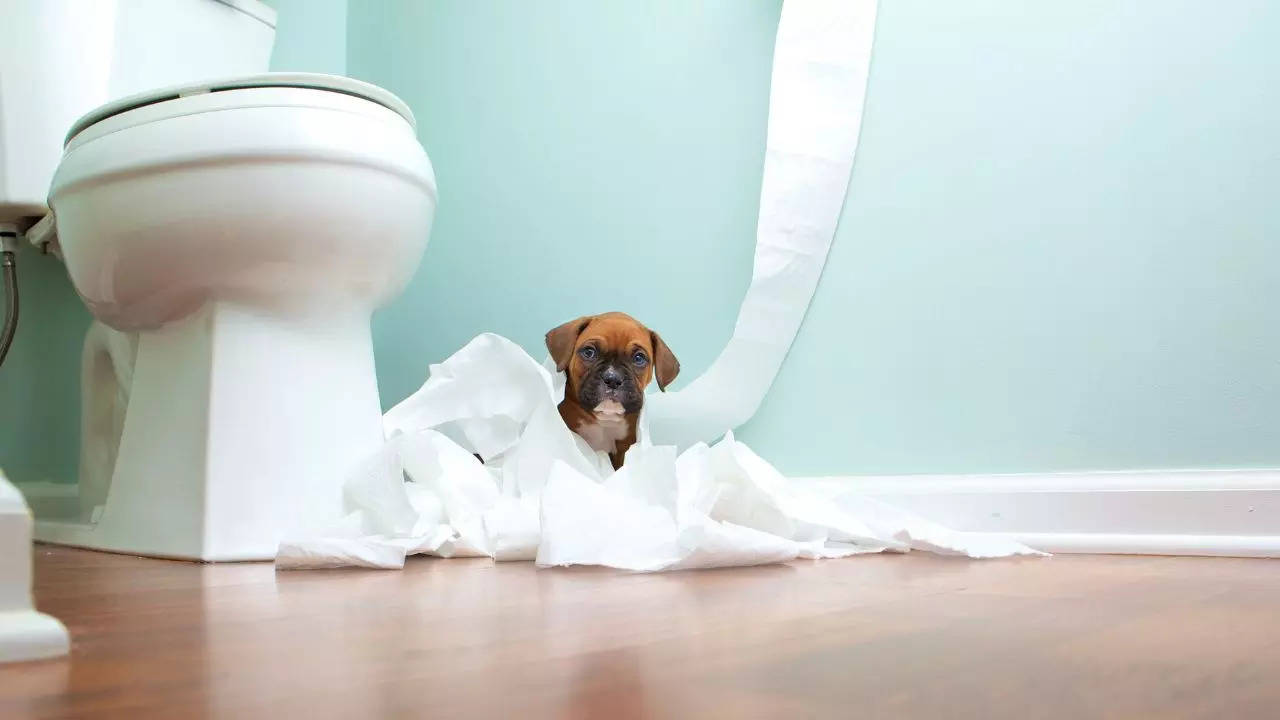Your Perils of Flushing Animal Waste Down the Toilet
Your Perils of Flushing Animal Waste Down the Toilet
Blog Article
They are making several good annotation on Why you should never flush dog poop down the toilet as a whole in this great article directly below.

When it concerns throwing away waste, particularly animal waste, lots of people typically consider the hassle-free option of flushing it down the commode. However, this apparently easy option can have serious repercussions for the atmosphere and public health. In this article, we'll explore why flushing animal waste down the toilet is a poor idea and supply different methods for appropriate disposal.
Introduction
Proper garbage disposal is critical for keeping ecological sustainability and public health. While it may appear safe to flush animal waste down the toilet, it can lead to numerous problems, both for the atmosphere and human health.
Dangers of flushing animal waste
Ecological impact
Purging pet waste introduces hazardous bacteria and microorganisms right into waterways, which can negatively influence aquatic ecosystems. These microorganisms can pollute water resources and harm marine life, interfering with fragile communities.
Public health worries
Pet waste contains damaging microorganisms such as E. coli and Salmonella, which can pose major wellness dangers to human beings. Purging animal waste down the commode can infect water products, causing the spread of diseases and infections.
Alternatives to flushing
As opposed to purging animal waste down the commode, there are several alternate disposal methods that are a lot more environmentally friendly and sanitary.
Composting
Composting animal waste is an environment-friendly way to throw away it. By composting, organic matter is broken down into nutrient-rich dirt, which can be made use of to fertilize gardens and plants.
Garbage dump disposal
Taking care of animal waste in a garbage dump is an additional option. While not as environmentally friendly as composting, it is a safer option to flushing, as it protects against the contamination of water resources.
Pet dog garbage disposal systems
There are specific family pet waste disposal systems offered that safely and hygienically dispose of pet waste. These systems usually use enzymes to break down waste and remove odors.
Actions to appropriate pet waste disposal
To ensure correct disposal of pet waste, comply with these actions:
Scooping and getting waste
Consistently scoop and bag animal waste utilizing biodegradable bags. This stops waste from contaminating the atmosphere.
Utilizing marked waste containers
Dispose of bagged pet waste in marked waste bins, such as garden compost containers or land fill containers. Stay clear of flushing it down the commode whatsoever costs.
Cleaning litter boxes and pet locations on a regular basis
Regularly clean can and pet dog areas to prevent the buildup of waste and microorganisms. Use pet-safe cleansing products to keep health.
Advantages of appropriate disposal approaches
Taking on appropriate disposal approaches for animal waste provides several advantages:
Reduced environmental pollution
Correct disposal approaches lower the threat of environmental pollution, protecting rivers and ecological communities from contamination
Lessened threat of water contamination.
By preventing flushing pet waste down the bathroom, the danger of water contamination is dramatically reduced, safeguarding public health.
Improved hygiene and hygiene
Proper disposal approaches promote better sanitation and hygiene, creating a much safer atmosphere for both humans and pets.
Final thought
To conclude, flushing pet waste down the commode is damaging to the atmosphere and public health. By adopting alternate disposal approaches and complying with correct waste management techniques, we can decrease the adverse influence of pet waste and contribute to a cleaner, healthier planet.
What To Do With Dog Poo – The Do's And Don'ts Of Disposing Of Faeces
Dog poo bins
Some councils provide dedicated dog waste bins in popular dog-walking areas that can take dog poo that has been bagged but you can legally dispose of dog waste in any public litter bin, as long as it is securely bagged. This also applies to your wheelie bin at home.
Do not flush
Water companies do not recommend flushing dog faeces down the toilet because certain parasites can survive the water processing treatment and are potentially harmful to humans. You should also never consider flushing dog poo that has been bagged down the toilet as the bags will not break down and instead create severe blockages in the sewage system.
In the woods
The Forestry Commission promotes a ‘stick and flick’ method for dealing with waste in the woods. This means finding a stick and using it to flick any poo from off the path so that it is out of the way of other walkers. You could also bury it as long as it is not in an area where there might be livestock.
Livestock
Parasites found in dog poo can be transmitted to livestock if they inadvertently eat infected faeces that has been left on grazing land. This could result in the death of sheep or abortion in cattle so you should always make sure you pick up your dog’s waste in fields where livestock could be present.

Regularly clean can and pet dog areas to prevent the buildup of waste and microorganisms. Use pet-safe cleansing products to keep health.
Advantages of appropriate disposal approaches
Taking on appropriate disposal approaches for animal waste provides several advantages:
Reduced environmental pollution
Correct disposal approaches lower the threat of environmental pollution, protecting rivers and ecological communities from contamination
Lessened threat of water contamination.
By preventing flushing pet waste down the bathroom, the danger of water contamination is dramatically reduced, safeguarding public health.
Improved hygiene and hygiene
Proper disposal approaches promote better sanitation and hygiene, creating a much safer atmosphere for both humans and pets.
Final thought
To conclude, flushing pet waste down the commode is damaging to the atmosphere and public health. By adopting alternate disposal approaches and complying with correct waste management techniques, we can decrease the adverse influence of pet waste and contribute to a cleaner, healthier planet.
What To Do With Dog Poo – The Do's And Don'ts Of Disposing Of Faeces
Dog poo bins
Some councils provide dedicated dog waste bins in popular dog-walking areas that can take dog poo that has been bagged but you can legally dispose of dog waste in any public litter bin, as long as it is securely bagged. This also applies to your wheelie bin at home.
Do not flush
Water companies do not recommend flushing dog faeces down the toilet because certain parasites can survive the water processing treatment and are potentially harmful to humans. You should also never consider flushing dog poo that has been bagged down the toilet as the bags will not break down and instead create severe blockages in the sewage system.
In the woods
The Forestry Commission promotes a ‘stick and flick’ method for dealing with waste in the woods. This means finding a stick and using it to flick any poo from off the path so that it is out of the way of other walkers. You could also bury it as long as it is not in an area where there might be livestock.
Livestock
Parasites found in dog poo can be transmitted to livestock if they inadvertently eat infected faeces that has been left on grazing land. This could result in the death of sheep or abortion in cattle so you should always make sure you pick up your dog’s waste in fields where livestock could be present.

Hopefully you liked our topic about 10 Things You Should Never Flush Down The Toilet. Thank you for spending some time to browse our post. Enjoyed our article? Please share it. Let someone else check it out. Thanks so much for taking the time to read it.
Schedule Now! Report this page